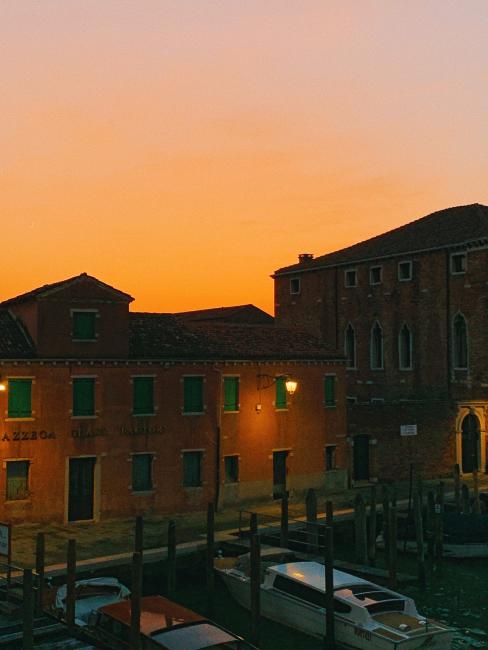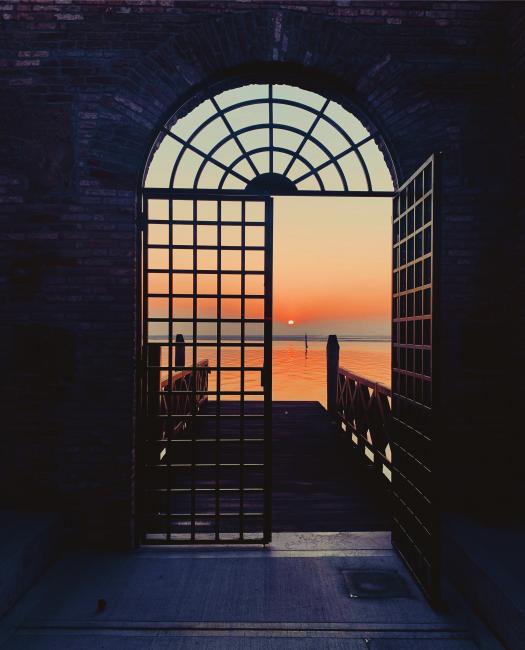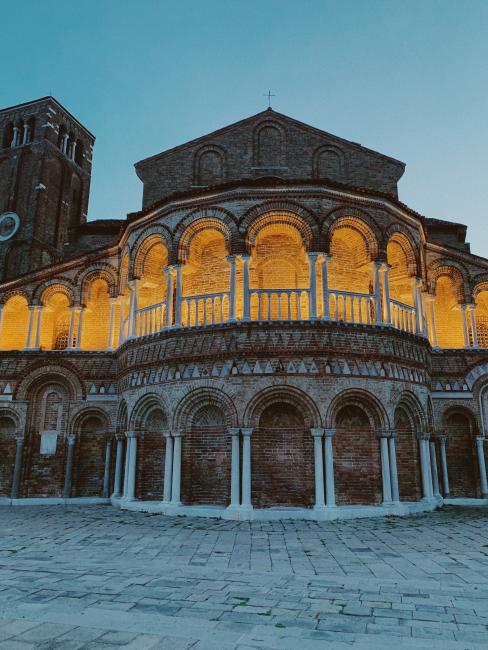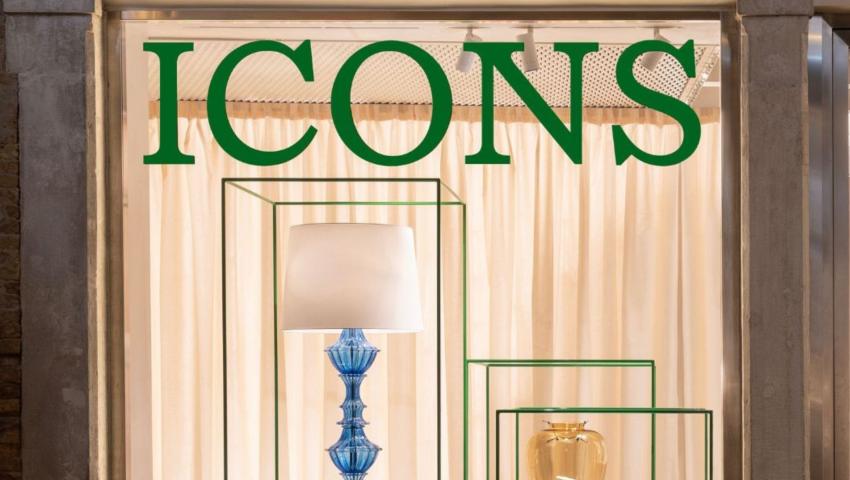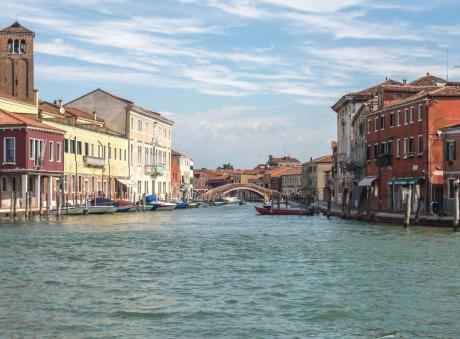
Barovier&Toso was born in Venice, but it is among the Murano “calli” that it writes its history and definitively establishes its furnace, where it still operates and produces. The one with the island and with the territory is an ancient, deep, and authentic bond. The artistic glass district of Murano is an all-Italian excellence, which Barovier&Toso is committed to protecting and promoting. Giving continuity to the glassmaking activity of the lagoon is a vocation and at the same time a mission.
A gem that stands out in the Venetian lagoon, a corner of the world filled with a vibrant spirit, where beauty meets an ancient cultural heritage: this is Murano, the Glass Island, a place where charm and knowledge are closely intertwined.
Its history is soaked in traditions and studded by talents able to follow their genius intuitions and carry out demanding experiments with an extraordinary passion. Even now, this passion is still burning amidst the narrow streets, reflected by the vivid and vibrant reflections of its glasses.
When and how Murano became the Glass Island
When exactly did Murano become the Glass Island? The role of the island as a delightful destination dates back to the ancient times when it was a hideaway for travellers looking for a place to rest amongst its scenic landscapes characterized by a lively and glaring spirit.
Much like in the past, today Murano is still a peaceful place for those who want to shy away from the hustle and bustle of Venice, and prefer to experience a more exclusive kind of tourism, closer to the noble concept of “otium”. It was 1291 when an event occurred that (literally) poured colour into the island soul.
Glassmaking was already widespread in Venice around the year 1000 and the production of vases, decorated glass and fiole (ancient Venetian bottles characterized by a long neck and a large body) had become a source of pride for the city. However, the furnaces soon became cause of great concern due to the numerous fires that they originated.
After all, Venetian buildings and houses were still mostly made of wood at that time, which often resulted in uncontrollable fires. That's why Pietro Gradenigo, the “Doge” ruling Venice during those years, issued a decree ordering all glassworks to be relocated to Murano island.
Glass production was already part of the economy of the island, but following the decision of the Doge, all glass masters settled exclusively in Murano: in order to avoid the diffusion of the tricks of their trade, they couldn’t even leave the island without a special permit. Despite this obligation, the glass masters were nonetheless considered equal to the aristocrats and enjoyed many privileges, including the right to marry the daughters of the Patricians.
The island of Murano was bustling with master glassmakers, servants and “serventini” (trainees): blown glass and alchemical processes were the protagonists of the workshops where, thanks to craftsmanship, extraordinary skills and experimentation, Murano glass art was able to evolve. Thanks to this never-ending evolution, today the island still retains its role of a world-renowned glassmaking centre.
Murano Glass Museum
However, the history of Murano, the Glass Island, is way longer and more complex than this.
From the early traces of glassmaking to the present day, it organically unfolds and develops through the exceptional contributions of visionary and extremely gifted artists.
A visit to the Glass Museum located in the historical Palace of the Bishops of Torcello is a must for any traveller: the Museum’s collections display over seven hundreds years of Murano glass history, up until its Golden Age marked by the invention of clear glass by Angelo Barovier, who was able to cleverly create a completely pure and transparent glass.
But that's not all: the Museum’s collection not only displays the evolutions of shapes and motifs over the centuries, but also the high degree of quality and technical accuracy that have always been at the core of the glass production. Shapes and textures became increasingly complex during the 1800s when several artists began to create masterpieces destinated to be a significant part of the Museum’s history.
Important names and masterpieces follow one another through the Palace rooms, showing how the close relationship between art, design and technical innovations is the secret that makes Murano glass so precious, a rarity that needs to be preserved and protected.
Murano's attractions: from the Duomo to the Lighthouse
It has already been said, but it is worth repeating: Murano is an enchanting and peaceful village where time goes by differently compared to the nearby and more chaotic Venice, making it the ideal destination for those who want to avoid the confusion and find shelter in a place soaked in art and charm, even if just for a short while.
Beside a tour of the above-mentioned Glass Museum, visitors can enjoy the beauty of the Duomo dedicated to Saint Mary and Saint Donatus, a Venetian-Byzantine masterpiece considered one of the greatest examples of the lagoon Romanesque architecture, which houses an extraordinary mosaic of a praying Virgin Mary.
Other remarkable attractions are the Church of St. Peter the Martyr, completely made of bricks, that houses and safeguards the artworks rescued from Napoleon Bonaparte’s raids, and the Clock Tower, that, despite recalling a Tuscan style, remains one of the most famous landmarks of the Island. Lastly, those in search of a romantic scenery can visit the Murano Lighthouse, built in 1912.
